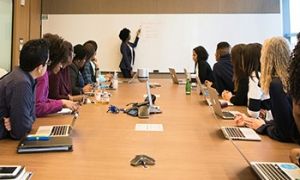In early childhood education, children’s artwork is often vibrant, expressive, and deeply personal. Yet too often, it’s reduced to wall displays or sent home without context. Enter the art portfolio—a reflective, respectful way to document and celebrate children’s creative journeys.
“My Book of Art” template is a 9-page resource designed to showcase children’s artwork in a way that’s both professional and emotionally resonant. It can be added to a child’s portfolio or laminated into a keepsake book for families.
Why Art Portfolios Matter
Art portfolios do more than display drawings—they:
- Affirm children’s agency by treating their work as worthy of preservation.
- Support documentation by linking creative expression to learning outcomes.
- Foster family connection through meaningful, personalized presentation.
- Encourage reflection by allowing children to revisit and talk about their work.
When educators curate portfolios with care, they send a powerful message: Your ideas matter. Your process matters. You are seen.
What Makes a Respectful Art Portfolio?
A respectful portfolio is:
- Child-centered: It includes the child’s name, date, and ideally their voice—captions, titles, or dictated reflections.
- Process-aware: It values scribbles, experiments, and evolving techniques—not just “finished” pieces.
- Contextualized: It may include a brief note from the educator about the child’s intention or learning focus.
- Beautifully presented: Using templates like “My Book of Art,” educators can arrange artworks with headings, poems, and space for photos or scanned pieces.
Tips for Presenting Portfolios to Families
- Host a portfolio celebration: Invite families to view their child’s book during a special afternoon tea or transition meeting.
- Include the child: Let them choose which artworks to include or narrate their favorites.
- Frame it as a story: Use headings like “My First Painting” or “When I Discovered Purple” to create a narrative arc.
- Offer it as a gift: Laminate the pages or bind them into a keepsake for end-of-year transitions.
Art portfolios are more than documentation—they’re declarations of respect. They say to each child, "Your creativity is worthy of care, your story is worth telling, and your voice belongs in this space."
Download: My Book of Art



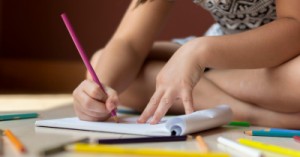
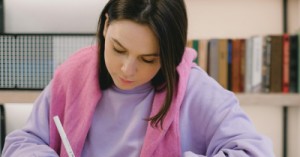
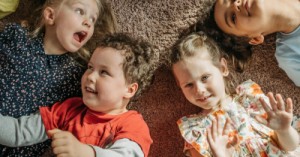
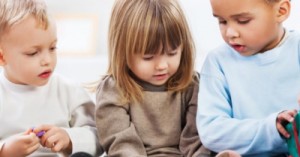
 Here is the list of the EYLF Learning Outcomes that you can use as a guide or reference for your documentation and planning. The EYLF
Here is the list of the EYLF Learning Outcomes that you can use as a guide or reference for your documentation and planning. The EYLF The EYLF is a guide which consists of Principles, Practices and 5 main Learning Outcomes along with each of their sub outcomes, based on identity,
The EYLF is a guide which consists of Principles, Practices and 5 main Learning Outcomes along with each of their sub outcomes, based on identity, This is a guide on How to Write a Learning Story. It provides information on What Is A Learning Story, Writing A Learning Story, Sample
This is a guide on How to Write a Learning Story. It provides information on What Is A Learning Story, Writing A Learning Story, Sample One of the most important types of documentation methods that educators needs to be familiar with are “observations”. Observations are crucial for all early childhood
One of the most important types of documentation methods that educators needs to be familiar with are “observations”. Observations are crucial for all early childhood To support children achieve learning outcomes from the EYLF Framework, the following list gives educators examples of how to promote children's learning in each individual
To support children achieve learning outcomes from the EYLF Framework, the following list gives educators examples of how to promote children's learning in each individual Reflective practice is learning from everyday situations and issues and concerns that arise which form part of our daily routine while working in an early
Reflective practice is learning from everyday situations and issues and concerns that arise which form part of our daily routine while working in an early Within Australia, Programming and Planning is reflected and supported by the Early Years Learning Framework. Educators within early childhood settings, use the EYLF to guide
Within Australia, Programming and Planning is reflected and supported by the Early Years Learning Framework. Educators within early childhood settings, use the EYLF to guide When observing children, it's important that we use a range of different observation methods from running records, learning stories to photographs and work samples. Using
When observing children, it's important that we use a range of different observation methods from running records, learning stories to photographs and work samples. Using This is a guide for educators on what to observe under each sub learning outcome from the EYLF Framework, when a child is engaged in
This is a guide for educators on what to observe under each sub learning outcome from the EYLF Framework, when a child is engaged in The Early Years Learning Framework describes the curriculum as “all the interactions, experiences, activities, routines and events, planned and unplanned, that occur in an environment
The Early Years Learning Framework describes the curriculum as “all the interactions, experiences, activities, routines and events, planned and unplanned, that occur in an environment

